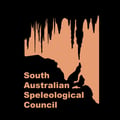The global energy giant, InterContinental Energy (ICE), announced a major development for the West Australian side of the Nullarbor. The development, known as the Western Green Energy Hub, (WGEH), is aiming to produce a huge 50 gigawatts of green energy, a capacity about 12 times the size of the current West Australian power grid’.
The problem is that this development is will IRREVERSIBLY DESTROY the ecosystem and the heritage value of the biggest piece of arid karst on earth.
The other problem is, that the development is not for the production of electricity to help supply the WA power grid, but to produce hydrogen and ammonia, all for export.
About the threat
What is the Nullarbor Karst?
The Nullarbor Karst is an ancient limestone sea bed geologically lifted to the surface 20 million years ago. Water that falls on the land, filters through the limestone into a system of underground rivers and caves that reaches all the way to the cliffs of the Great Australian Bight. It contains the largest cave system on Earth
Preventing the destruction of the largest karst & cave system on earth:
The Nullarbor Karst
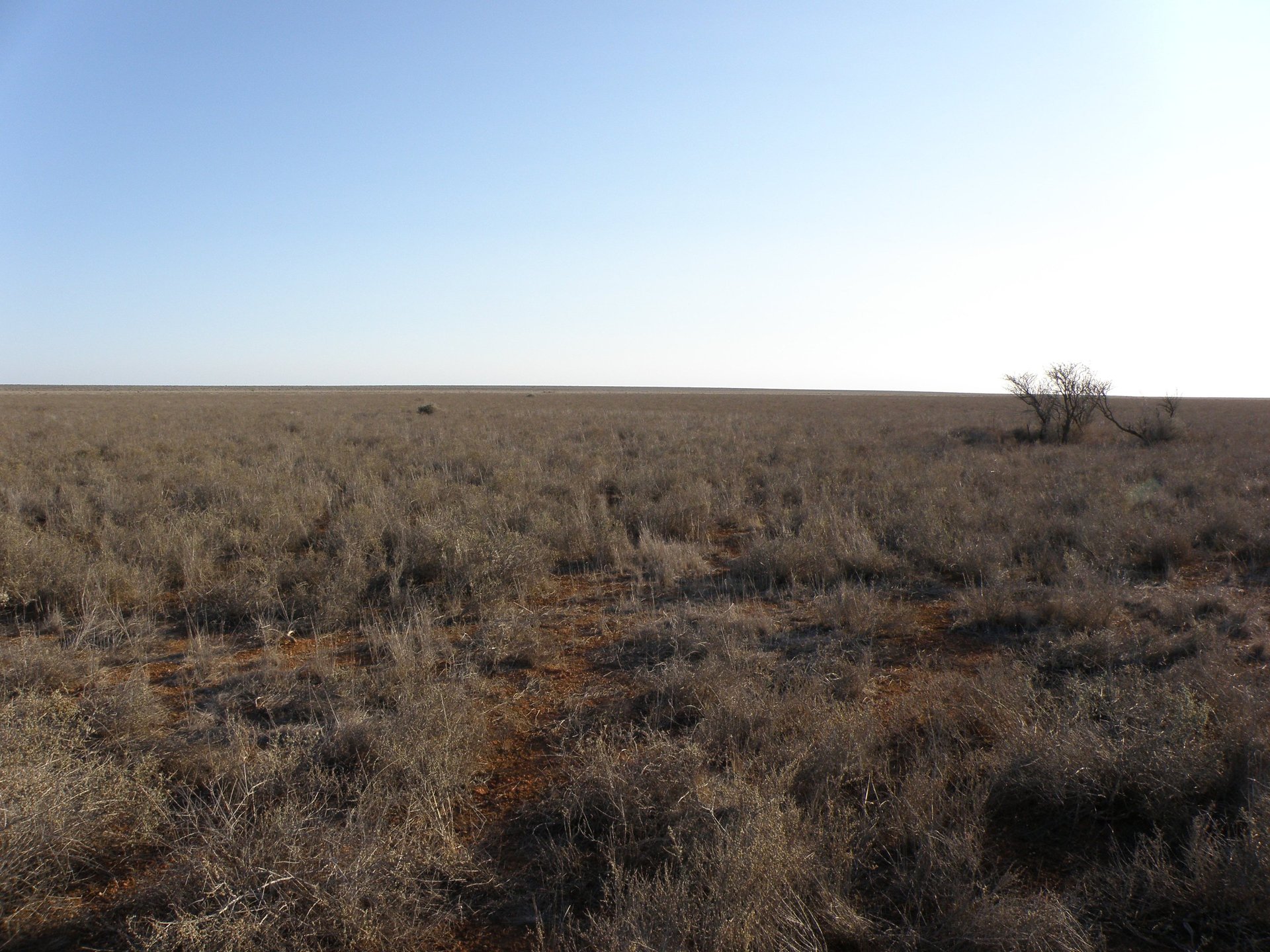
The Nullabor's fagile topsoil is a surface held together with a biofilm stabilised by delicate biological crusts formed from lichens and bacteria which, if disturbed, creates a dust bowl.
BULLDUST
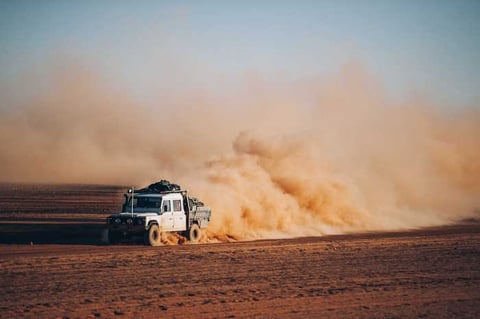

Karst systems work as integrated landscapes, where disturbance of the surface affects many aspects of the whole system. The building of roads and burial of cables are a case in point, where the impacts affect surface drainage, soil movements and sediment flows that can then block underground cavities. This impacts on cave biota, air flows, and humidity.
What will happen if they go ahead?
Why is the Nullarbor so valuable?
The Nullarbor contains the largest single exposure of limestone bedrock in the world occupying an area of around 250,000 square kilometres.
It is underpinned with spectacular caves with saline lakes and Halite formations metres in length. The surface records: ancient sand dunes, nine pocket valleys, ten ancient river beds (paleochannels) and ancient reefs.
The unique evviromental treasures of the Nullarbor are miriad. A few a catalogued below.
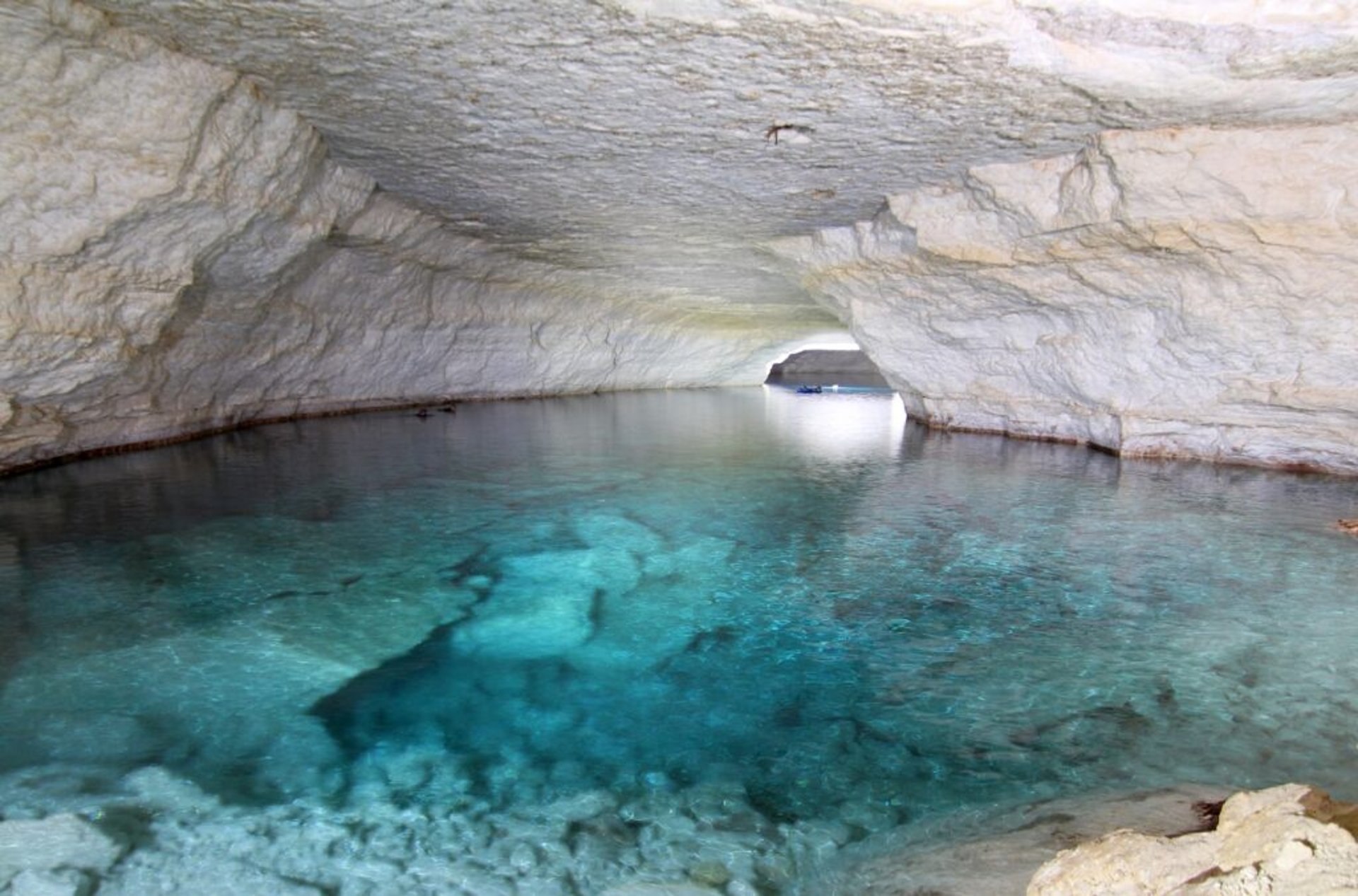
Hairy Nosed Wombat Photo: Kym Nicolson
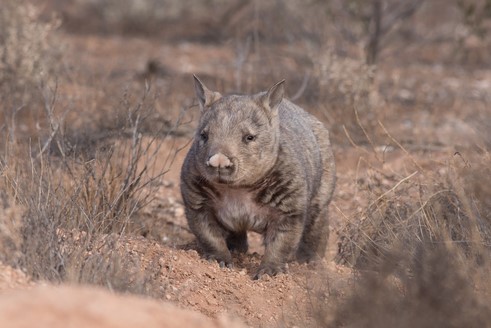

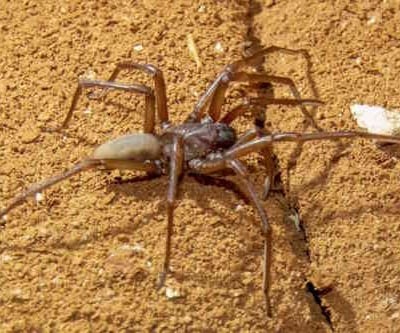

Blind Cave Spider Photo: Steve Milner
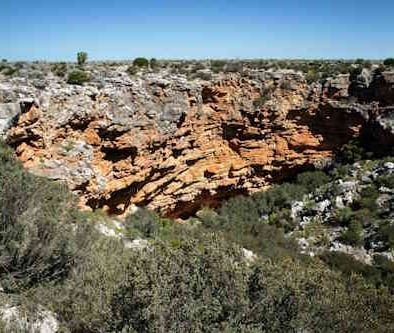

The Australian Government’s National Environmental Science Arid Zone Monitoring project found Southern hairy-nosed wombat distribution only detected along the southern edge of the Nullarbor across 15000 sites covering its previous range. Southern hairy-nosed wombats were detected at less than 1% of all surveys in the AZM dataset. They were detected only 25 times.
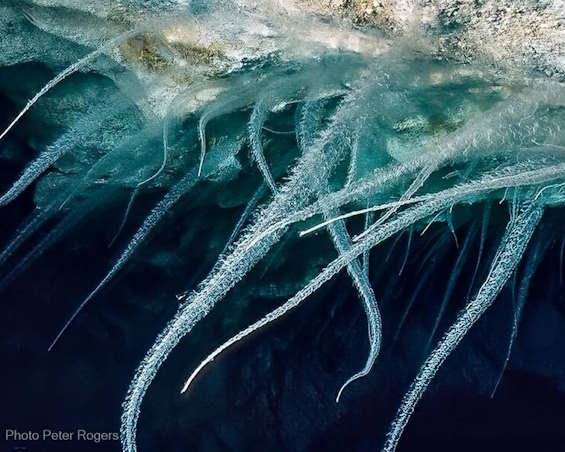

* Source: ACKMA Proceedings #14, 2001. Challenges in conservation of the microbial mantles in Nullarbor Caves Annalisa Contos, Julia James, Peter Rogers and Phil Prust
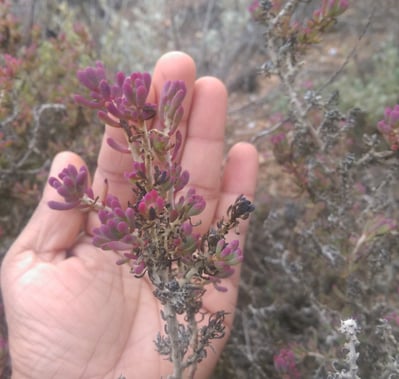

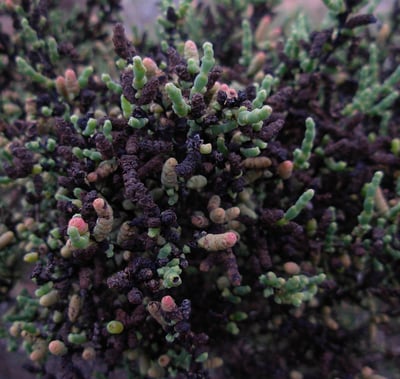

Sarconornia blackiana.
Photo: Clare Buswell
Red Fingers. Photo: Clare Buswell
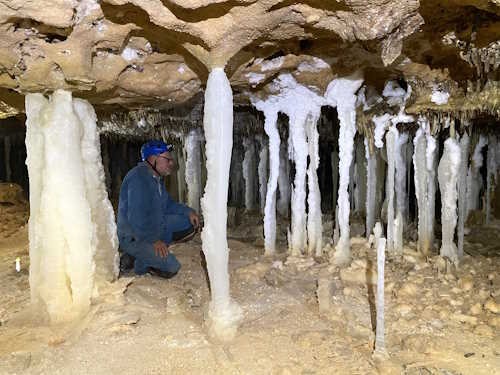

Speleothems are mineral deposits formed from groundwater within underground caverns such as stalagmites and stalactites. They record wetter climates going back to the Pliocene.8
The forms may be annually banded or contain compounds that can be radiometrically dated. The thickness of these depositional layers or isotopic records can be used to determine our past climate conditions.
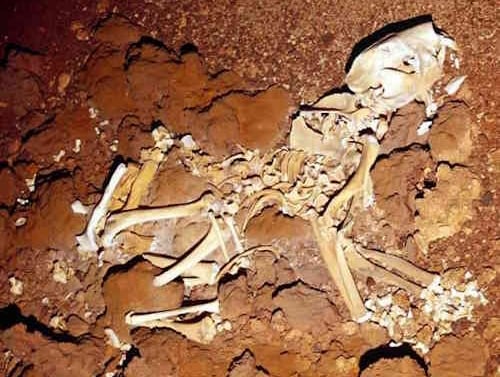

Fossil records from the Pleistocene (2.5 million to 11,700 years ago) litter many caves, including for example, complete skeletons of Thylacoleo Carnifex, and tree climbing kangaroos.
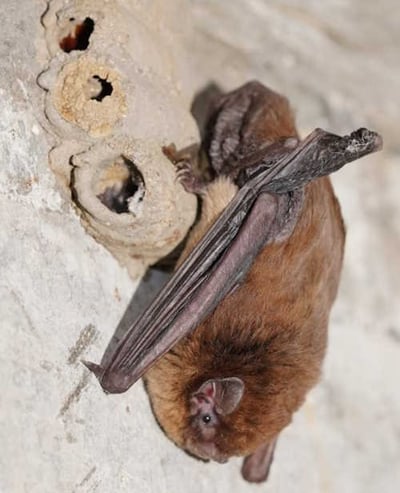

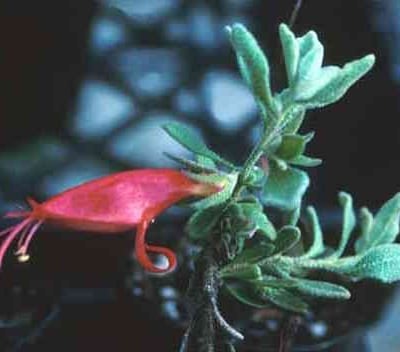

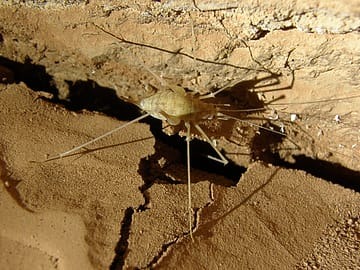

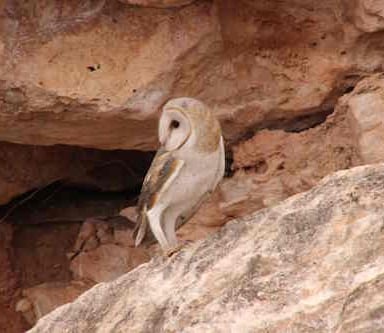

Chocolate Wattled Bat Photo: Reiner Richter
Microbial mantles (also know as the fungus or snotites) are found in the water filled passages of Olwolgin, Winburra, Warbla, Weebubbie, Murra-El-Elevyn, Pannikin Plains, Cocklebiddy, and other cave lakes on the plain. These mantles comprise sheets or tongues of mucoid material.
"The communities appear to be chemautotrophic. The energy source for the community appears to be based on the oxidation of nitrite to nitrate rather than on photosynthetic products. Chemotrophic systems are rare but not unheard of, including deep sea vents and sulfur based cave systems such as Moville Cave Romania and Cueva de Villa Luz Mexico ." Contos et al. 2001*
These amazing and extremely fragile communities are currently under threat from disturbance by cave divers and the introduction of foreign bacteria.
Eromophila Hillii, Nullarbor emu bush Photo M. Hancock.
Nullabor Cave Cricket. Photo: Thomas Varga
Cave Entrance Photo Alan Pryke
Aus. Masked Owl. Photo: Nick White
The threatened Southern Hairy Nosed Wombat calls the Nullarbor home.
Microbial Mantles - unique life forms
Records of climate all the way back to the beginning
Fossil records of our recent and ancient fauna
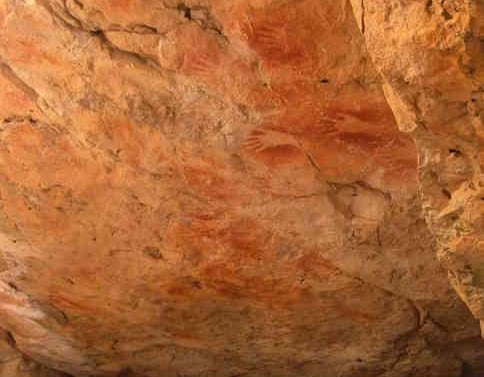

The Mirning people occupied the Plain and traded with surrounding groups. Several caves have occupation evidence (e.g. Koonalda Cave) extending for tens of thousands of years. They travelled across the Plain using waterholes on the limestone pavements in good seasons and quarried flint from layers in the deeper caves for use as scrapers.
Indigenous History and Dreaming
Beneath the surface the karst is made up of caverns, rivers and lakes all throughout the limestone, carved out over millions of years
600 recorded plant species, eleven of which are threatened species such as the endemic Nullarbor emu bush.
Unique animals such as the newly discovered endemic spider. Nullarbor caves, (Weebubbie) provide refuge and maternity sites for the Chocolate Wattle Bat, Chalinolobus morio.
The caves and blowholes provide roosting sites for kestrels and masked owls.
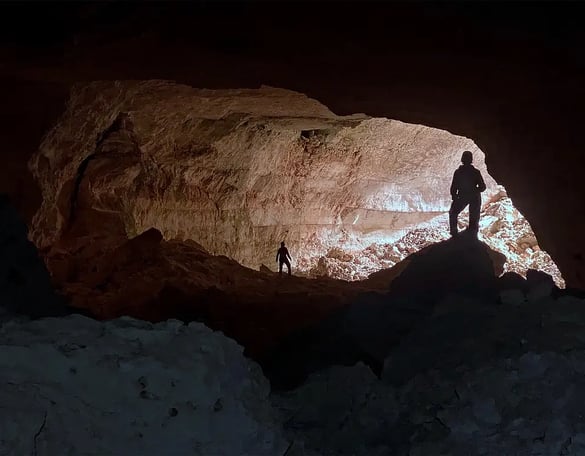

Photo:Nicholas White
Things to do urgently
Write to your local member and WA state and Australian federal ministers
Post on social media about the problem
Email this flier or pin it to the notice board
Donate time and/or money to the campaign
Join your local action group
Let's put the Nullarbor Caves & Karst on the National Heritage List
This process will take time and money. The Australian Speleological Federation has committed $10,000 towards the cost of preparing the nomination. Another $20,000 is required and we need your help.


Tax-deductible donations can be made to the ASF’s Nullarbor Campaign via the Karst Conservation Fund.
More Media on the WGEH Proposal
The Conversation The Nullarbor’s rich cultural history, vast cave systems and unique animals all deserve better protection (Newspaper Article)
Background Briefing Paper Valuing the Nullarbor Clare Buswell 2024 (Download PDF)
The ASF acknowledges Aboriginal and Torres Strait Islander peoples as the traditional owners and custodians of the land, rivers, and sea on which we live, and we pay our respects to their Elders past, present and emerging. We acknowledge and respect the deep spiritual connection that Aboriginal and Torres Strait Islander people have to Country, especially to caves.
email: asf.caves.conservation@gmail.com



